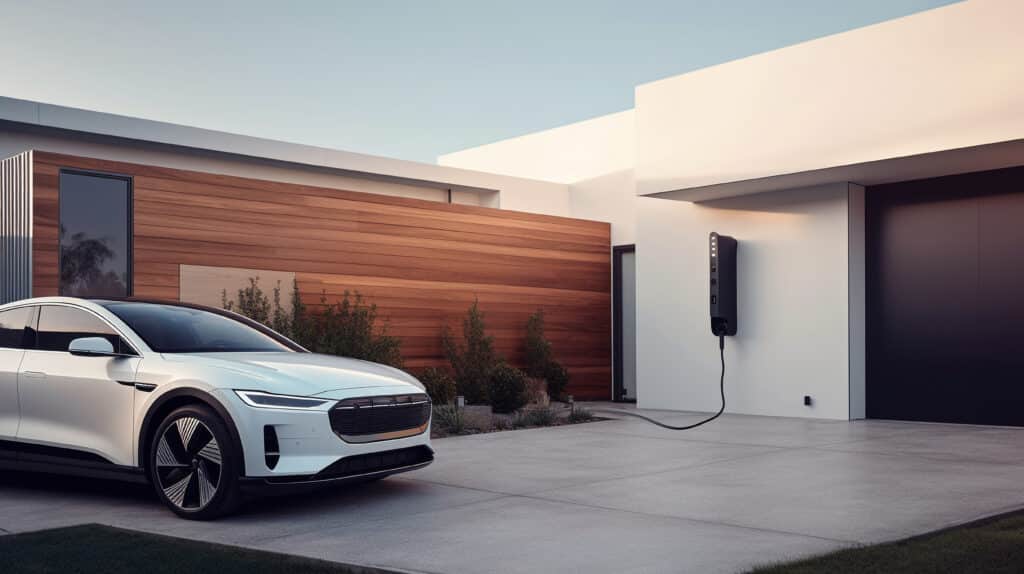Introduction
Solar energy has emerged as a leading renewable energy source, offering a sustainable and eco-friendly alternative to conventional power generation. Over the years, solar technology has evolved, giving rise to two distinct approaches: Smart Solar and Traditional Solar. While both harness the power of the sun, they differ significantly in their implementation and capabilities. In this article, we will explore the key differences between Smart Solar and Traditional Solar, shedding light on what sets them apart.
1. The Foundation of Traditional Solar
Traditional Solar, also known as Conventional Solar, refers to the long-established method of harnessing solar energy. It involves the use of photovoltaic (PV) panels to convert sunlight into electricity. The core principle of Traditional Solar is straightforward: when sunlight strikes the PV cells, electrons are released, generating an electrical current that can be used to power various applications.
2. The Evolution of Smart Solar
Smart Solar represents a new era in solar energy utilization. It goes beyond the basic principles of Traditional Solar and leverages advanced technologies to optimize energy production and efficiency.
2.1 Integration of Intelligent Technology
One of the primary distinctions between Smart Solar and Traditional Solar lies in the integration of intelligent technology. Smart Solar systems utilize the Internet of Things (IoT) devices, equipped with sensors, to collect real-time data on solar panel performance, weather conditions, and energy consumption patterns.
2.2 The Role of Artificial Intelligence
Artificial Intelligence (AI) plays a pivotal role in Smart Solar setups. AI algorithms process the data collected by IoT devices, enabling Smart Solar systems to make informed decisions autonomously. This includes adjusting solar panel angles for optimal sunlight exposure, predicting energy demand patterns, and identifying maintenance needs proactively.
2.3 Real-Time Monitoring and Optimization
Smart Solar offers real-time monitoring and control features, empowering users to access data on energy production and consumption at their fingertips. This level of transparency allows individuals and businesses to make data-driven decisions and optimize their energy usage.
3. Efficiency and Performance Comparison
3.1 Enhanced Energy Efficiency of Smart Solar
Smart Solar’s integration of intelligent technology and AI-driven optimization results in significantly higher energy efficiency compared to Traditional Solar. By continuously monitoring environmental factors and adjusting solar panel angles, Smart Solar maximizes the capture of solar energy, leading to increased electricity generation.
3.2 Improved Adaptability and Flexibility
Smart Solar’s adaptability is another aspect that sets it apart from Traditional Solar. Traditional Solar relies on fixed solar panel positions, limiting its performance in areas with variable weather conditions. Smart Solar’s ability to adjust panel angles and track sunlight ensures consistent performance in different environments.
3.3 Smart Solar’s Cost-effectiveness
Although the initial installation costs of Smart Solar may be higher due to the integration of advanced technologies, its long-term cost-effectiveness surpasses that of Traditional Solar. The improved energy efficiency and predictive maintenance capabilities of Smart Solar lead to reduced operational and maintenance expenses over time.
4. Environmental Impact and Sustainability
4.1 Contributing to a Greener Future
Both Smart Solar and Traditional Solar contribute positively to reducing carbon emissions and mitigating climate change. By generating electricity from a clean and renewable energy source, they help decrease reliance on fossil fuels, promoting environmental sustainability.
4.2 Smart Solar’s Potential for Grid Integration
Smart Solar’s adaptability and real-time monitoring make it an ideal candidate for grid integration. Its ability to adjust energy production based on demand patterns enhances grid stability and reliability, making it a valuable asset in the transition to a greener energy grid.
Conclusion
In conclusion, Smart Solar and Traditional Solar represent two distinct approaches to harnessing the power of the sun. While Traditional Solar relies on PV panels and simple energy conversion, Smart Solar integrates intelligent technology and AI to optimize energy efficiency and adaptability. Smart Solar’s real-time monitoring and data-driven decision-making set it apart from Traditional Solar, making it a more advanced and cost-effective solution for meeting the growing demand for clean and sustainable energy. Both technologies contribute to a greener future, but Smart Solar’s potential for grid integration and higher energy yields make it a promising choice for a world committed to renewable energy solutions.
“The best time to plant a tree was 20 years ago. The second best time is now.” – Chinese Proverb
Be Smart, Be Solar, Be BrightEra!!.
Send us your information https://bit.ly/BeBrightEraEnergy

